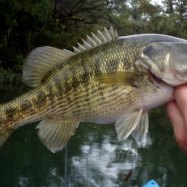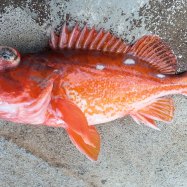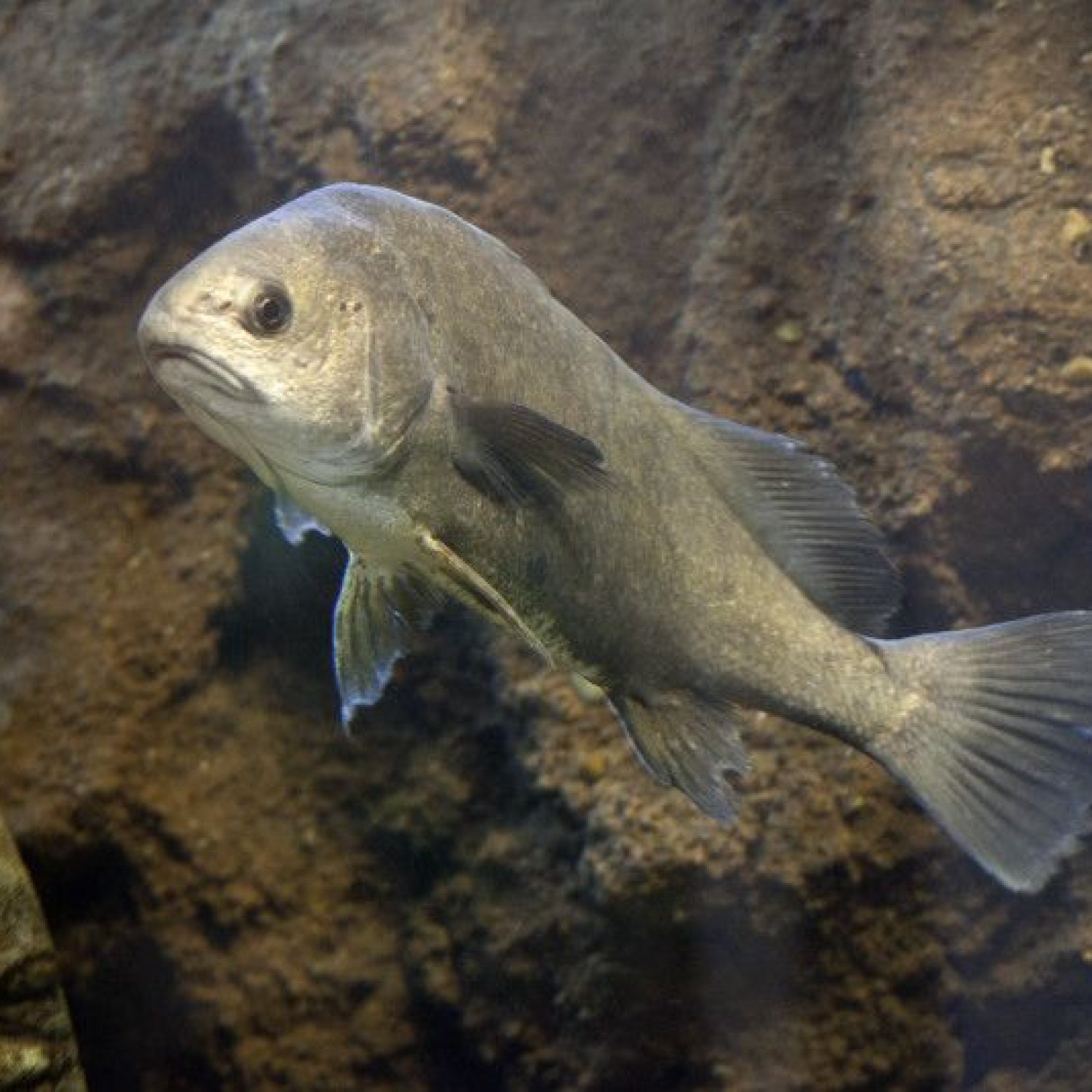
Freshwater Drum
15-24 inches
The Freshwater Drum, also known as Sheepshead, is a popular game fish found in the Mississippi River and its tributaries. With a length of 15-24 inches, it belongs to the Sciaenidae family and is easily identified by its deep-bodied and laterally compressed body shape. Anglers and fishing enthusiasts are often drawn to its strong fight and delicious taste. #FreshwaterDrum #MississippiRiver #Fishing
Animal Details Summary:
Common Name: Freshwater Drum
Kingdom: Animalia
Habitat: Freshwater rivers and lakes
The Resilient Freshwater Drum: Surviving and Thriving in North America's Waterways
The murky depths of North America's freshwater rivers and lakes are home to a unique and resilient creature known as the freshwater drum. Also known by its scientific name, Aplodinotus grunniens, this fish has adapted to thrive in various environments, making it an essential part of the aquatic ecosystem. From its distinctive shape to its feeding habits, there is much to discover about this fascinating fish.A Brief Introduction to the Freshwater Drum
The freshwater drum is a species of fish belonging to the Sciaenidae family, which includes other well-known fish such as croakers and drumfish Freshwater Drum. This fish is commonly found in the freshwater lakes and rivers of North America, with its origins traced back to the United States. Its scientific name, Aplodinotus grunniens, is derived from Greek and Latin words meaning 'single back' and 'grunting', respectively, referring to its unique physical features.Habitat and Distribution
The freshwater drum can be found in a diverse range of habitats, including rivers, lakes, and even brackish waters. However, it is most commonly found in the freshwater tributaries of the mighty Mississippi River, which flows through several states in the United States. These fish are also present in other waterways throughout North America, from Canada to Mexico.Interestingly, the freshwater drum can survive in both shallow and deep waters, making it a versatile and adaptable species. It is also known to migrate between habitats, particularly during spawning season, when they travel upstream to lay eggs.
Physical Characteristics
One of the most distinctive features of the freshwater drum is its body shape. It is deep-bodied, which means it is taller than it is wide, and laterally compressed, giving it a distinctively rounded appearance Frigatebird. This shape allows for more efficient movement and makes it easier for the fish to maneuver in different water currents.Another unique physical characteristic of the freshwater drum is its coloration. Depending on its habitat, these fish can appear either gray or silver, with a silvery-white belly. Their scales are typically smooth and have small, dark spots scattered across their bodies.
Feeding Habits
The freshwater drum is an omnivore, meaning it feeds on both plants and animals. They have powerful jaws and numerous small, sharp teeth that allow them to crush and consume a wide variety of food, including mollusks, crayfish, insects, and small fish.Their feeding habits make them essential in controlling the population of smaller fish and maintaining the balance of aquatic ecosystems. Additionally, they also play a crucial role in breaking down and recycling organic materials, contributing to the overall health of the environment.
Human Interaction and Uses
While the freshwater drum may not be the most popular game fish, they are still an essential part of the fishing industry. They are often caught as bycatch while fishing for other species and are used in some areas as bait for larger fish.In some parts of the United States, particularly in the Midwest, the freshwater drum is a sought-after game fish. They are known for their strong fight and are enjoyed by many anglers. In fact, the state of Iowa even holds an annual 'Big Fish Contest' for freshwater drum, with the largest catch receiving a cash prize.
Moreover, the freshwater drum also plays a vital role in traditional Indigenous cultures. Many Native American tribes use the fish for both food and ceremonial purposes, emphasizing its cultural significance.
Breeding and Growth
The breeding season for freshwater drum typically begins in mid-May and lasts through June. During this time, they migrate to shallow waters to spawn. The males will dig a shallow nest in the sand or gravel bottom using their tails, while the female releases her eggs. Once the eggs are fertilized, the male will guard the nest until the eggs hatch.The fry (baby fish) spend their first few days living off their yolk sacs before venturing out to feed on small invertebrates. As they grow, they begin to feed on larger prey and can reach up to 15 inches in length by their first year. On average, freshwater drum can live up to 15-24 years, with the largest recorded specimen weighing close to 90 pounds.
Threats and Conservation
Despite being a resilient and adaptive species, the freshwater drum is still facing threats to its population. One of the main threats is habitat destruction, as dams and other human-made barriers can disrupt their migratory patterns and prevent them from reaching their spawning grounds.Additionally, pollution and climate change can also have a significant impact on their survival. Changes in water temperature and quality can affect breeding and feeding patterns, making it more difficult for them to thrive.
Fortunately, several organizations and conservation efforts are working to protect and preserve the freshwater drum and its ecosystem. These include initiatives to restore and maintain the health of rivers and lakes and educate the public on the importance of these fish in the environment.
Conclusion
In conclusion, the freshwater drum is a remarkable and essential part of North America's freshwater ecosystems. Its ability to adapt to different environments and play a crucial role in maintaining balance and diversity makes it a species worth protecting. While its name may not be as well-known as other fish species, the freshwater drum's resilience and unique characteristics make it a fascinating subject to explore. So, the next time you spot this fish during a fishing trip or in an aquarium, take a moment to appreciate its beauty and understand its importance in the world of freshwater life.

Freshwater Drum
Animal Details Freshwater Drum - Scientific Name: Aplodinotus grunniens
- Category: Animals F
- Scientific Name: Aplodinotus grunniens
- Common Name: Freshwater Drum
- Kingdom: Animalia
- Phylum: Chordata
- Class: Actinopterygii
- Order: Perciformes
- Family: Sciaenidae
- Habitat: Freshwater rivers and lakes
- Feeding Method: Omnivorous
- Geographical Distribution: North America
- Country of Origin: United States
- Location: Mississippi River and its tributaries
- Animal Coloration: Gray or silver
- Body Shape: Deep-bodied and laterally compressed
- Length: 15-24 inches
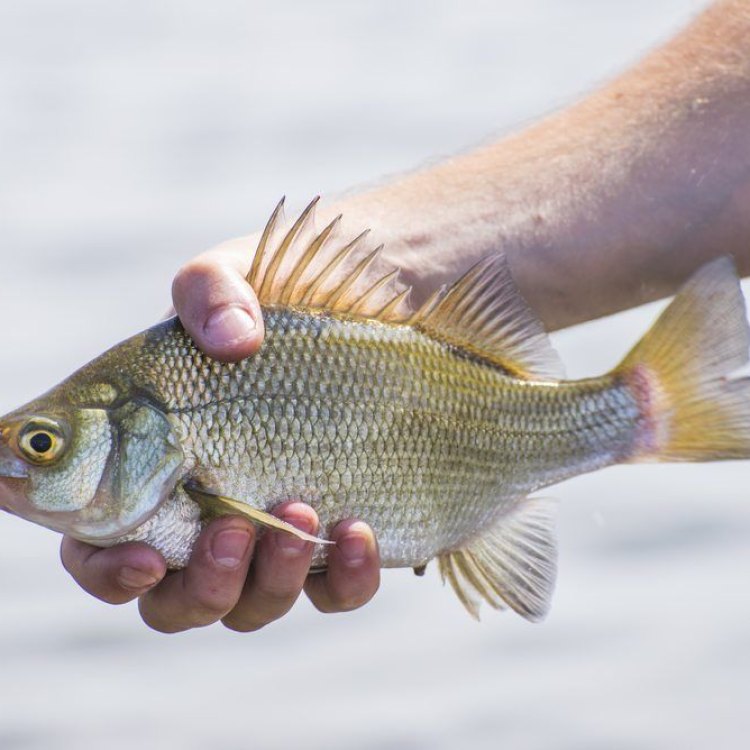
Freshwater Drum
- Adult Size: 20-40 pounds
- Average Lifespan: 10-13 years
- Reproduction: Sexual
- Reproductive Behavior: Spawning
- Sound or Call: Produces drumming sounds
- Migration Pattern: Some individuals undergo long-distance migrations
- Social Groups: Usually solitary or found in small groups
- Behavior: Nocturnal
- Threats: Overfishing, habitat destruction, pollution
- Conservation Status: Least Concern
- Impact on Ecosystem: Important role as a prey species
- Human Use: Commercial and recreational fishing
- Distinctive Features: Large size, prominent chin barbels, and long dorsal fin
- Interesting Facts: Can produce loud drumming sounds by vibrating its swim bladder
- Predator: Various predatory fish species
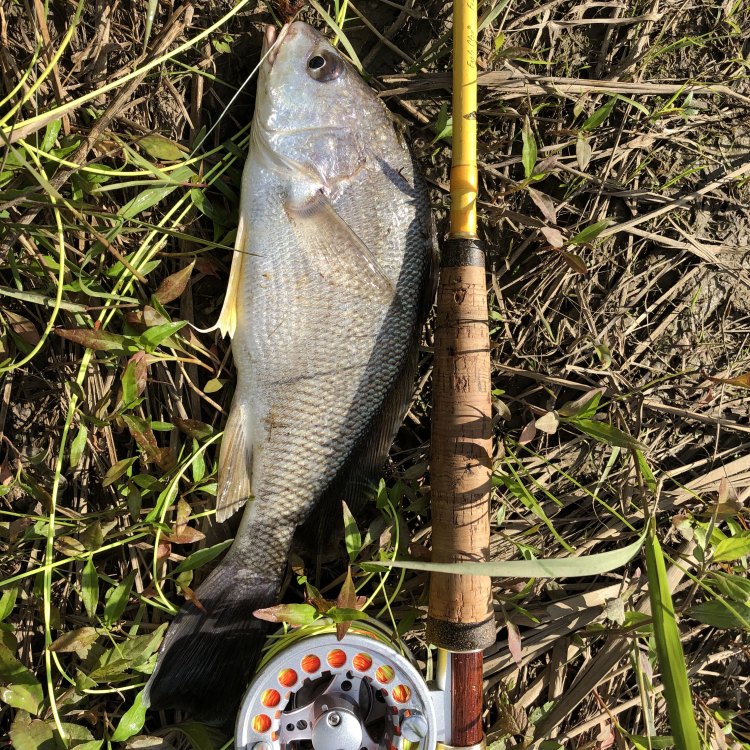
Aplodinotus grunniens
The Unique and Vital Role of Freshwater Drum in Ecosystems
When you think of freshwater fish, a few names may come to mind – trout, bass, and salmon. But have you ever heard of the freshwater drum? This rather enigmatic fish may not be as well-known as its more popular counterparts, but it plays a crucial role in the health of freshwater ecosystems. In this article, we will explore the fascinating features and behaviors of the freshwater drum and its impact on the surrounding environment.The freshwater drum (Aplodinotus grunniens) is a large, freshwater fish that can be found in lakes and rivers throughout North America PeaceOfAnimals.Com. It is often referred to as a "sheepshead" due to its distinctive large, sheep-like teeth. It can also be called a "croaker" for the sound it makes, similar to a drum, to communicate with other fish.
Firstly, let's take a look at the physical characteristics of this remarkable fish. An adult freshwater drum can grow up to 20-40 pounds, making it one of the largest freshwater fish in North America. It can also live up to 10-13 years, making it a relatively long-lived fish compared to other species. Its unique appearance includes a rounded, thick body with a slightly pointed snout, and a long dorsal fin that stretches almost the entire length of its back. Its most prominent feature is the chin barbels, which are sensitive feelers used to locate food.
The freshwater drum's reproductive behavior is sexual, and they reproduce through a process called spawning. This occurs in late spring and early summer when the water temperatures rise Finnish Lapphund. Male and female freshwater drums swim together in circles as the female releases her eggs and the male fertilizes them. The fertilized eggs then float to the surface and hatch in about three days.
But what truly sets the freshwater drum apart from other fish is its ability to produce loud drumming sounds. This is made possible by the vibration of its swim bladder, a gas-filled sac that helps the fish maintain buoyancy. The drumming sound, which can be heard both above and below the water, is used for communication between individuals, and during spawning to attract mates.
Speaking of communication, the freshwater drum is a solitary fish. It can be found alone or in small groups of up to five individuals, making it a rather elusive and mysterious species. It is also a nocturnal fish, meaning it is most active at night, and spends most of its days hidden in the murky depths of its habitat.
But this behavior is not just for whimsy – it serves a vital purpose. The freshwater drum is an essential part of the food chain, serving as prey for various predatory fish species such as walleye and large catfish. Its large size and abundance make it a sustainable food source for these predators, ensuring the balance of the ecosystem.
Unfortunately, the freshwater drum, like many other freshwater species, faces potential threats due to human activities. Overfishing, habitat destruction, and pollution pose significant dangers to this species, endangering its population and ultimately affecting the entire ecosystem. However, due to its large range and relatively stable population, the freshwater drum is currently listed as "Least Concern" on the IUCN Red List.
Aside from its vital ecological role, the freshwater drum is also a target species for both commercial and recreational fishing. They are caught for their flesh, which is marketed as "sheepshead" and is known for its mild, white meat. Recreational anglers also enjoy targeting this species, as they are known to put up a good fight when hooked.
Interestingly, some individuals of the species undergo long-distance migrations, up to 80 miles, to reach preferred spawning areas. These migrations are crucial for sustaining the genetic diversity of the population and are another testament to the freshwater drum's adaptability and resilience.
In conclusion, the freshwater drum may not have the same glamour and recognition as other more popular freshwater fish, but its unique features and behaviors make it a valuable species in our aquatic ecosystems. From its large size and drumming sounds to its important role as a prey species, the freshwater drum holds a special place in the delicate balance of our freshwater habitats. However, it is up to us to ensure its continued survival and protect the vital role it plays in sustaining these environments.

The Resilient Freshwater Drum: Surviving and Thriving in North America's Waterways
Disclaimer: The content provided is for informational purposes only. We cannot guarantee the accuracy of the information on this page 100%. All information provided here may change without prior notice.









